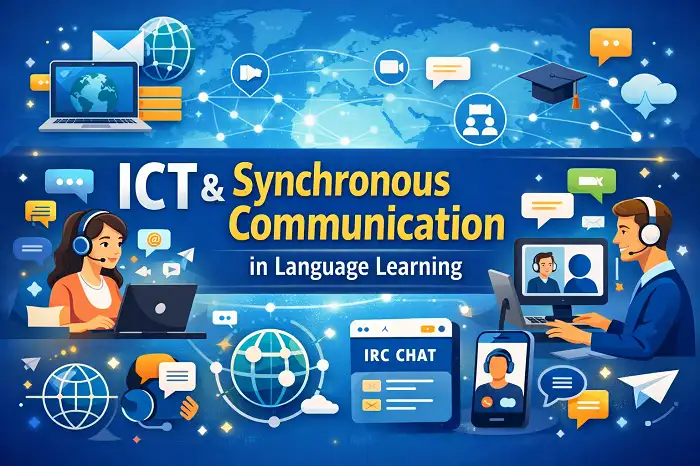Table of Contents
Inter-group Theory
Inter-group Theory
Giles and Byrne identified a number of factors that contribute to a group’s ‘ethnolinguistic vitality’—the key construct in the theory. They then discussed the conditions under which subordinate group members (e.g. immigrants or members of an ethnic minority) are most likely to acquire native-like proficiency in the dominant group’s language. These are (1) when in-group identification is weak or the L1 does not function as a salient dimension of ethnic group membership, (2) when inter-ethnic comparisons are quiescent, (3) when perceived in-group vitality is low, (4) when perceived in-group boundaries are soft and open, and (5) when the learners identify strongly with other groups and so develop adequate group identity and intra-group status.
The salient variables involved in the Inter-group Model:
- Identification with own ethnic group:
- Inter-ethnic comparison:
- Perception of ethnolinguistic vitality:
- Perception of in-group boundaries:
- Identification with other social groups:
These five conditions are associated with desires to integrate into the dominant out-group (an integrative orientation), additive bilingualism, low situational anxiety, and the effective use of informal contexts of acquisition. The end result is that learners will achieve high levels of social and communicative proficiency in the L2.
Learners from minority groups will be unlikely to achieve native-speaker proficiency when their ethnolinguistic vitality is high. This occurs if (1) they identify strongly with their own in-group, (2) they see their in-group as inferior to the dominant out-group, (3) their perception of their ethnolinguistic vitality is high, (4) they perceive in-group boundaries as hard and closed, and (5) they do not identify with other social groups and so have an inadequate group status. In such cases, learners are likely to emphasise the importance of their own culture and language and, possibly, engage in competition with the out-group. they will achieve low levels of communicative proficiency in the L2 because this would be seen to detract from their ethnic identity, although they may achieve knowledge of the formal aspects of the L2 through classroom study.
Whereas Schumann’s Acculturation Model emphasises ‘contact’ as the variable that mediates between social factors and L2 acquisition, Giles and Byrne see ‘interaction’ as crucial. The factors they identified determine the extent to which learners engage in upward convergence, and they defined L2 learning as ‘long-term convergence’. In this response, the Inter-group Model integrates a macro and micro-linguistic approach to the study of L2 acquisition and serves as a good example of a Type 2 sociolinguistic approach, one that uses ‘sociolinguistic discourse analysis’.
Criticism
This model has focused only on the description and explanation of local phenomena in learner language. As such, there has not been any real test of the Inter-group Model. Tollefson offered a lengthy critique of the Inter-group Model. His main point was that it failed to consider the various historical and structural variables that explain why learners from minority language backgrounds make the choices they do. The concepts of ethnolinguistic vitality and ethnolinguistic group can only be properly understood by considering issues of power and domination in the majority and minority groups involved.



